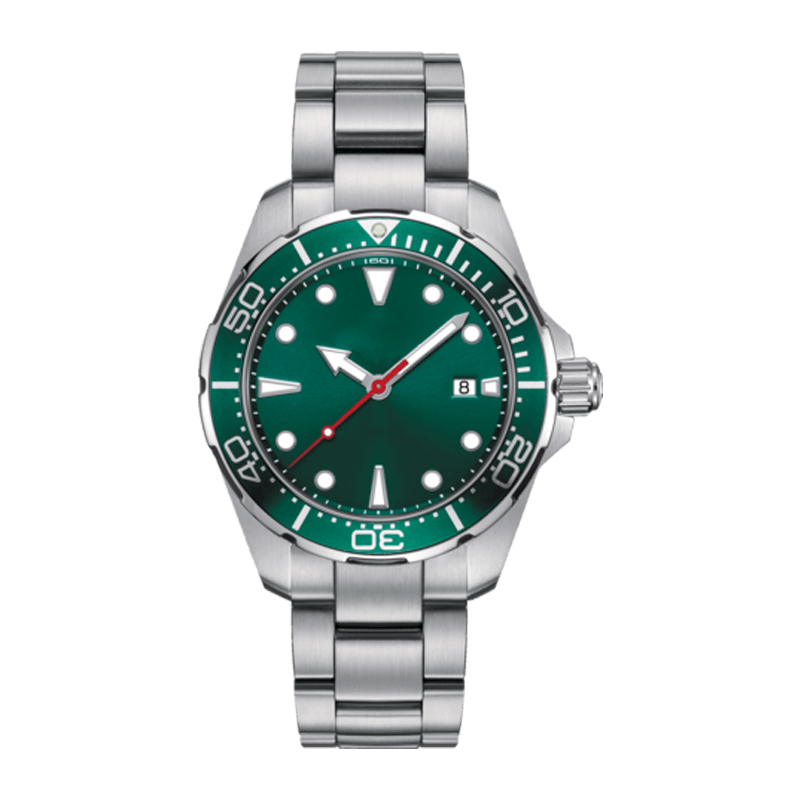China, a nation known for its rich cultural heritage and technological advancements, has a long and fascinating history in the field of watch manufacturing. Over the centuries, Chinese craftsmanship and innovation have played a significant role in shaping the development of mechanical watches. This article aims to explore the evolution of mechanical watch manufacturing in China, highlighting key milestones and innovations that have propelled the industry forward.

1. Early Beginnings: Ancient Chinese Timekeeping Devices
Before the rise of mechanical watches, ancient China had already developed various timekeeping devices, such as the sundial and water clock. These innovations showcased the Chinese civilization's deep understanding of time measurement and laid the foundation for future advancements in watchmaking.
In the late Qing Dynasty (1644-1912), mechanical watches began to enter the Chinese market, primarily imported from Europe. It was during this period that Chinese craftsmen and entrepreneurs started learning about the intricate mechanisms and artistry behind these timepieces.
In 1955, the Shanghai Watch Company was founded, marking the beginning of China's domestic watch industry. The company focused on producing mechanical watches that were affordable and accessible to the general public. Shanghai watches soon gained popularity both domestically and internationally.
With the advent of digital technology in the 1970s, the Chinese watch industry underwent a significant transformation. Manufacturers embraced digital watches and integrated electronic components into their products. This shift allowed for increased accuracy, durability, and functionality.
In the late 20th century, China's watch industry forged collaborations with Swiss watchmakers, benefiting from their expertise in precision engineering and craftsmanship. These partnerships led to the development of mechanical watch movements that met international standards and bolstered the reputation of Chinese watches.
In recent years, Chinese luxury watch brands have emerged, challenging the dominance of established Swiss manufacturers. These homegrown brands combine traditional craftsmanship with modern design aesthetics, showcasing China's ability to produce high-quality mechanical watches that appeal to global consumers.
The future of mechanical watch manufacturing in China is promising, with a growing focus on technological innovation and design. Chinese watchmakers are investing in research and development to create their own in-house movements and complications, reducing dependence on imported components. This commitment to innovation ensures that China will continue to be a significant player in the global watch industry.
The history of mechanical watch manufacturing in China is a testament to the country's ingenuity, adaptability, and commitment to craftsmanship. From ancient timekeeping devices to modern-day luxury watches, Chinese watchmakers have overcome numerous challenges and continually evolved to meet the changing demands of consumers. As the industry looks towards the future, one thing remains certain: China's legacy in mechanical watch manufacturing will continue to endure.
 Tired of Leakage Issues? Can a Professio
Tired of Leakage Issues? Can a Professio
 What Are the 5 Key Features to Inspect B
What Are the 5 Key Features to Inspect B
 How to Clean Stainless Steel Bands: A De
How to Clean Stainless Steel Bands: A De
 How Does a Seiko Stainless Steel Watch C
How Does a Seiko Stainless Steel Watch C
Super Time